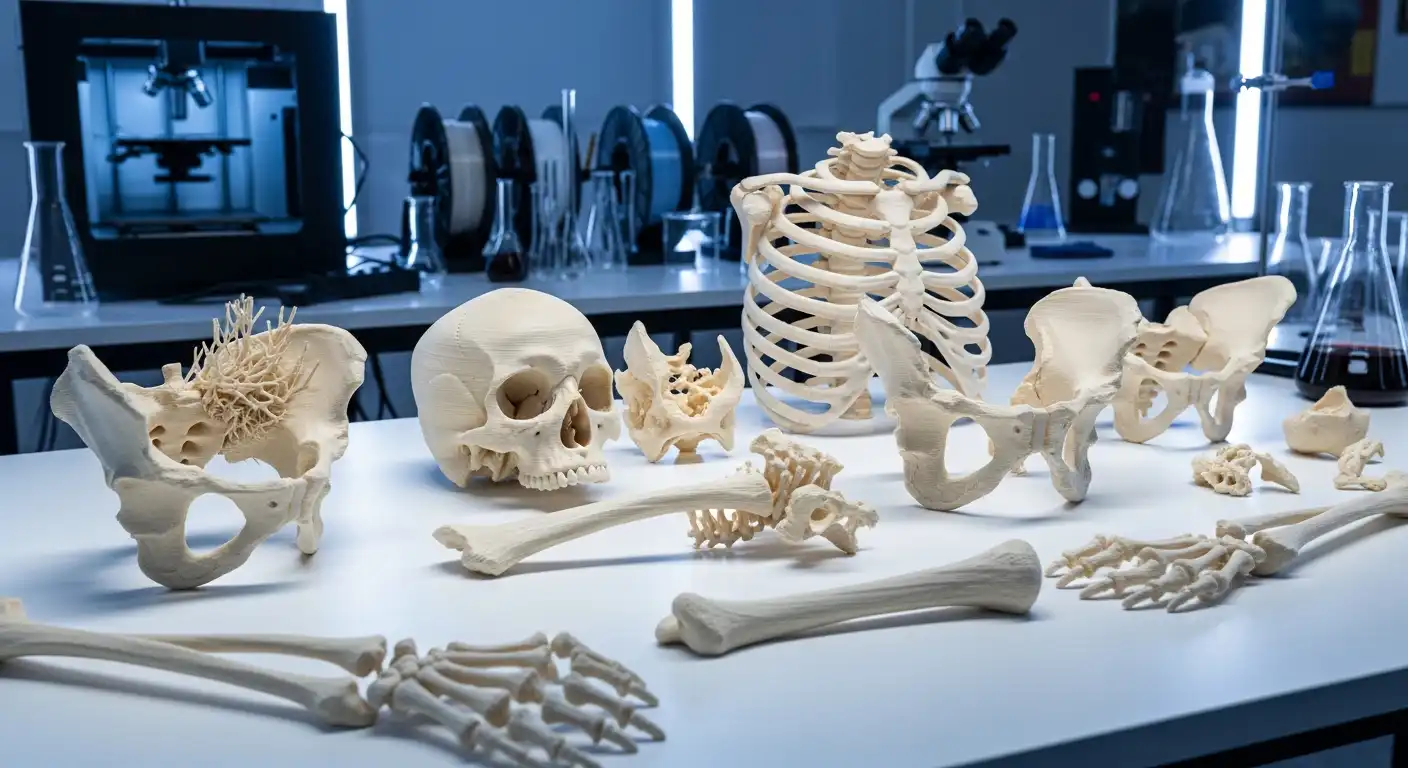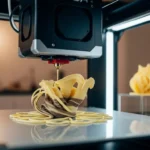Key Points
- 3D-printed bones offer tailor-made solutions, ensuring implants match patients’ unique anatomy and enhancing treatment success.
- Innovations employ biocompatible materials that mimic human bone composition, thereby promoting seamless integration and reducing the risk of rejection.
- Companies such as Ossiform transform MRI scans into precise 3D models, thereby facilitating the rapid production of patient-specific bone replacements.
- Bio-inks containing stem cells enable layer-by-layer deposition, promoting natural bone regeneration and aiding in the treatment of fractures and disorders.
In a significant advance for medical technology, scientists have achieved remarkable success in developing 3D-printed bones, unlocking new possibilities for personalized and efficient healthcare solutions. This cutting-edge approach has the potential to transform the treatment of bone injuries and disorders, offering tailored solutions for individual patients.
Researchers and engineers have collaborated to perfect the intricate process of 3D-printing bones, replicating the complex structure of natural bones with high precision. The key innovation lies in the use of advanced biocompatible materials that closely mimic the composition of human bone. This ensures compatibility with the body, promotes seamless integration, and reduces the risk of rejection.
Companies such as Ossiform have already succeeded in medical 3D printing and fabricating patient-specific bone replacements from tricalcium phosphate. Hospitals provide MRI scans, which Ossiform transforms into 3D models for implant creation. Surgeons approve the design, and the implants are ready for surgery once printed.
The implications of 3D-printed bones are vast, particularly in orthopedics and reconstructive surgery. Customization is a central feature of this technology, allowing medical professionals to create implants and prosthetics that precisely match the patient’s anatomy. This personalization enhances treatment effectiveness, accelerates recovery, and minimizes the risk of complications.
One of the most promising aspects of 3D-printed bones is the ability to regenerate damaged or diseased bone tissue. Scientists have developed bio-inks infused with stem cells that can be precisely deposited layer by layer to encourage bone regeneration. This regenerative capability opens new doors for treating osteoporosis, fractures, and congenital bone disorders.
The speed and cost-effectiveness of 3D-printing technology also contribute to its appeal in the healthcare sector. Traditional methods of creating custom implants or prosthetics can be time-consuming and expensive. With 3D printing, the process is streamlined, enabling rapid production of patient-specific solutions. This efficiency not only benefits individual patients but also has the potential to address broader healthcare challenges.
As this revolutionary technology advances, researchers are exploring additional applications beyond orthopedics. The prospect of 3D-printed bones serving as scaffolds for drug delivery or as platforms for disease modeling is on the horizon. The intersection of 3D printing and biotechnology opens avenues for innovation that could reshape the healthcare landscape in the coming years.
While the journey from the laboratory to widespread clinical use is underway, the strides made in 3D-printed bones underscore a future where personalized healthcare takes center stage, offering patients unprecedented levels of care and ushering in a new era of medical possibilities.




